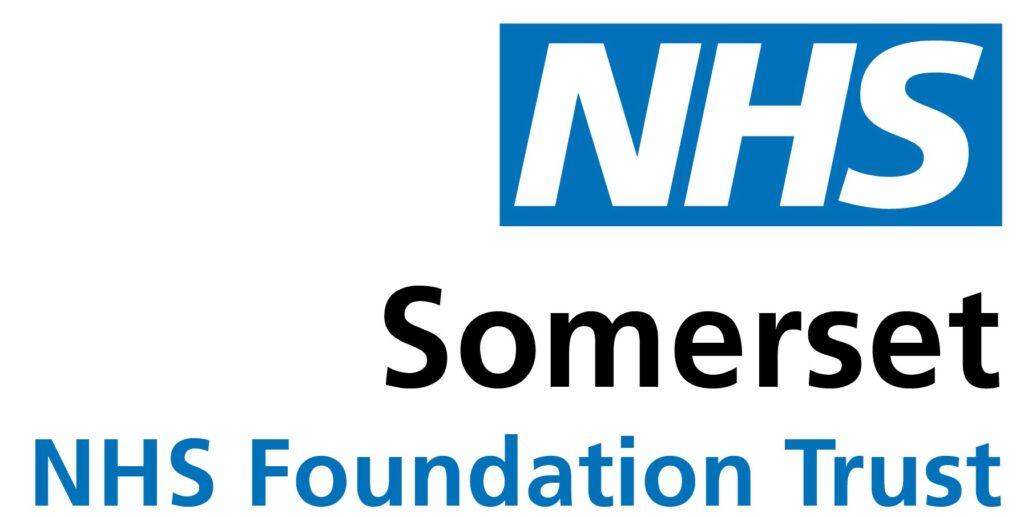- Home
- Hospital @ Home
- Hospital@Home FAQs
Across the country NHS Trusts are introducing similar services to support people at home (including care homes). By doing so we can help to reduce some of the negative consequences associated with a hospital stay, such increased deconditioning (loss of mobility and strength), desocialisation (not seeing friends and family) and increased exposure to hospital acquired infections or confusion.
Many people would rather be treated in familiar surroundings and often recover more quickly when not moved away from home.
It is also hoped that the additional bed capacity being created by this model will support winter pressures across the system, reducing demand for inpatient beds and improving patient flow and pressure on our Emergency Departments.
Initially in Somerset we are developing four patient pathways to support people with respiratory, frailty, heart failure and post-surgery needs. Respiratory and frailty are the first pathways to be completed and patients are already benefitting from the service.
The ideas behind Hospital@Home are not completely new. In Somerset, we already support people to remain at home with a wide range of needs in a variety of ways, for example, through complex care services, district nursing, rapid response alongside many other services and teams.
We are also using our own experiences and learning collected from the pulse oximetry service and COVID virtual wards, as well as national learning to help develop and evolve our Somerset model.
Hospital@Home will build capacity that will help to provide acute care, remote monitoring and treatment away from the hospital for an increasing number of different health conditions.
We’re currently working with a small number of patients to develop the service and listening to feedback from the people we care for will be an important part of how the model evolves over time.
